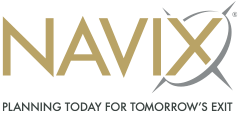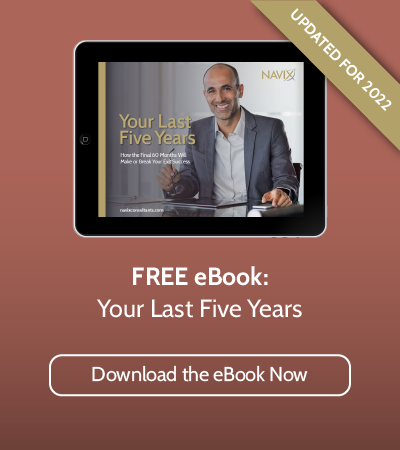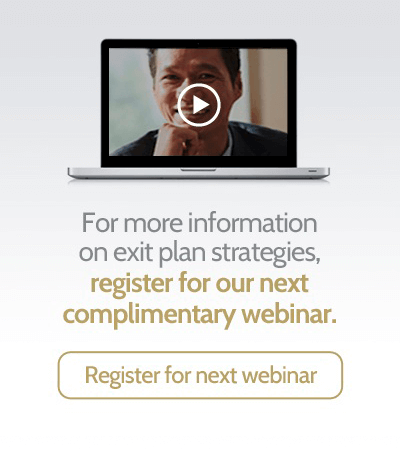By: Patrick Ungashick

Most business owners care about more than just money at exit. In addition to achieving their personal financial goals at exit, most owners have other objectives they seek to achieve, one of which is thanking those employees who contributed to the company’s success. While the desire to say thank you is common, most owners struggle with determining the right way to do it. Questions like “Who do I thank?” and “What’s appropriate?” may lack easy answers, especially when rushing to get everything else done shortly before exit. Plus, this issue contains potential landmines; overlook somebody, create perceptions of favoritism, or thank anybody in a manner he or she believes fails to recognize his or her contribution fully, and your best intentions can do more harm than good, adding fuel to the fire during an already sensitive transition. If you intend to thank at least some of your employees when you exit, here are four tips on how to do it the right way.
Tip #1: Start Planning Now
Start formulating your plans now on how to say thank you. If you intend to exit within the next year, you need to get going. You’re about to have two full-time jobs (running your company and executing an exit plan), and you likely will be hard pressed to address this issue adequately. If you intend to exit several years from now, you will be glad that you started now. Coming up with whom you need to thank, and how you mean to do it, is not a decision you’ll want to rush. Plus, the next tip is only available to those owners who plan ahead.
Tip #2: Use Incentive Compensation Plans to Help Say Thank You
If you have several years before you intend to exit, design and implement an incentive compensation plan that will pay employees bonuses when you exit the company—if the employees and company hit specific performance goals. (There are many types of such programs. Watch this short webinar on Golden Handcuffs plans to learn about our preferred approach.) This accomplishes several good things all at once:
- Create incentives for individuals and teams to help grow the company and maximize the value
- Flip the normal “I-Win-You-Lose” reality about how your exit impacts the employees (who typically don’t have any ownership) into “I-Win-and-You-Win” by creating financial payouts for them if and when you sell the company
- Create a retention strategy so that your top people stay with the company up to and beyond your exit, thereby decreasing risk for your buyer and likely increasing company value
On top of these advantages, payments that employees may earn under a well-designed incentive compensation plan will also serve as some or perhaps all of your thank-you gestures to these same people. Whatever amount the employees earn under the plan constitutes your thank-you when you exit. Some owners react to this idea by saying, “It’s not a thank-you if they’ve earned it.” But it is. Any gratitude you display toward your employees when you exit will be tied to their individual and team performance. The people who perform well and earn incentive compensation payouts at your exit are likely to be the very same people whom you wish to thank. This arrangement removes the concern that amounts paid at your exit are arbitrary or unfair. Plus, payouts under the incentive plan should be sufficiently large enough that they won’t be expecting additional dollars from you at exit beyond what they earn through the plan.
Tip #3: Add a Personal Touch
Most owners turn to cash for the lion’s share of any thank-you’s they express at exit. Cash has obvious attractions, whether the payments are arbitrarily determined by you or are generated under an incentive compensation plan. You are not limited to cash, however, and should consider non-cash thank-you’s. Just as with gifts to family and friends, cash can be seen as impersonal and require little effort on the part of the giver. In lieu of cash, or on top of a cash payment, a personalized non-cash thank-you can create deeper, tailored, and more lasting expression of appreciation.
For example, a former business owner client had a dedicated CFO who was a passionate chef in his spare time. Upon the successful sale of the company, our client gave the CFO a large cash bonus payment. The owner also sent his CFO to Italy for a ten-day world-class cooking school. The Italian cooking school trip cost only a fraction of the cash bonus, yet years later, the CFO was still talking about how grateful he was to have worked for that owner, and how much he enjoyed the cooking school. The cash bonus was barely mentioned.
Many owners do not use non-cash gifts because 1) it can take time to generate gift ideas, and if exit is near, you may be pressed for time, and 2) owners fear that, unlike cash, not everybody will equally like and appreciate the non-cash items they receive. Take the time to research your employees’ interests, passions, and aspirations outside of work to identify an item or experience that makes your thank-you personal for the employee.
Tip #4: Know Your People
To make personal, memorable, non-cash thank-you’s, you must know your people. Specifically, you need to know their interests, passions, hobbies, dreams, bucket-lists, and relationships outside of work. That might sound like a lot of personal information, but you likely know some of it already. For any information you don’t have, here’s how you can get it without tipping your hand.
First, there are four questions that you ideally can answer about those employees you intend to thank:
- What are their major hobbies outside of work?
- With what civic, charitable, social, or religious groups they are highly involved?
- What’s at least one trip or experience they’ve always wanted to do but never have?
- What do they wish they had more of in life?
If you know the answers to these four questions, ideas for a personalized non-cash thank-you will likely present themselves. The challenge becomes how do you gather this information without revealing your intentions? Don’t ask all of these questions of one person at one sitting. Instead, take a little time and be creative. One client asked his top employees one question each month, over four months, subtlety weaving the inquiry into other conversations, over a bite to eat, or while traveling together. Another client used these questions as an ice-breaking exercise during a corporate retreat. While employees were sharing their answers and getting to know each other, our client was secretly taking notes.
At NAVIX, our clients are not only organized for exit but also know how they intend to thank valued employees when the exit date arrives. To learn more about how to approach the human side of exit planning, contact us to schedule a complimentary, confidential consultation with one of our independent NAVIX Consultants.









